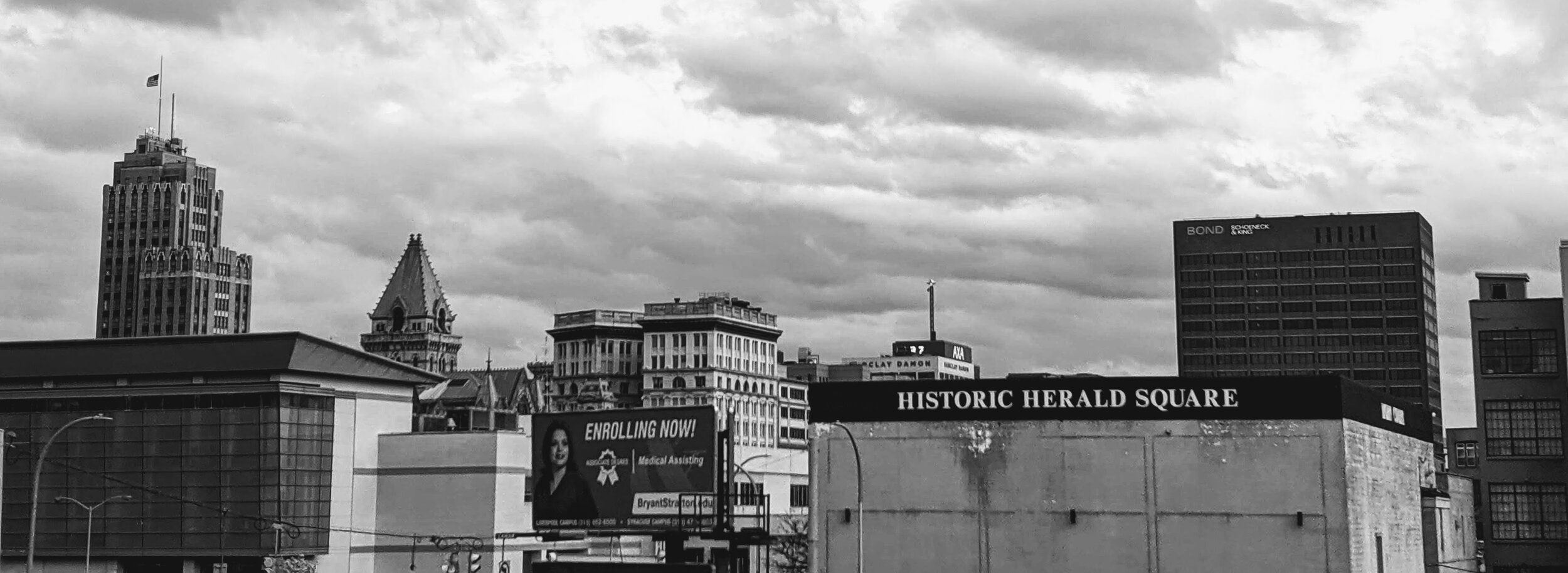Throughout my life I’ve known and loved people from all walks of life, all ethnic and racial backgrounds. I’ve had the privilege to grow up in a diverse city with a fascinating history at the center of the abolitionist and suffrage movements. Those closest to me espouse liberal views on race, gender, sexuality, etc. and can often be found working to promote causes near and dear to their hearts. But we need to make sure that we acknowledge our own blindspots.
We have all been deeply moved and angered by the death of George Floyd and the hundreds of other African Americans who have been killed by police over the years, including many women and people of the trans community who never seem to garner the same level of attention. No words can fully explain the anger and trauma that our nation is feeling right now. The pure emotion of the protests that have followed only begin to scratch the surface of the pent up anger of generations who have been ignored and taken for granted.
Even with all of this, I can never fully know the pain that the black community feels. But I can listen and continually work to understand, to advocate, and to improve.
As a society we need to start with properly teaching our history. If my educational experiences were like yours, you probably spent a great deal of time on the Revolutionary War and the Civil War, but a very airbrushed version of those histories. We discussed the slave trade and slavery as a whole, but didn’t always dig into some of the more horrific details of it. We especially didn’t address the promise of the Reconstruction Era and how all of the progressive ideas that were fostered during that time were upended and discarded. By the time you get into the Twentieth Century it was May on the school calendar and your teachers were rushing through to cover a couple big dates but missing the substance.
It should not have taken until my 20s to dive into the practice of redlining and restrictive covenants. Our schools should’ve been teaching us about the federal subsidization of white flight and how communities of color were stripped of their ability to build wealth. Suburban kids in almost universally white schools should learn that many of the advantages they take for granted were built on racial policies (this is hard for many suburban liberals to acknowledge as they argue that they moved there just to do what’s best for their children, even if it is ingraining these inequalities further).
It should not have taken until the past couple of years for us to even mention the destruction of Black Wall Street and other thriving communities of color throughout the country.
Or, on a more local level, recognize the racial history of our highway infrastructure in Syracuse, or the Bronx, and cities across the country. The higher rates of asthma and other respiratory issues that come along with living beneath an elevated highway, which is even more of an issue in the time of COVID-19. The higher levels of lead poisoning that comes with being segregated into rental units in lower income communities owned by out of town slum lords who don’t see the need of remediating the issue. Perhaps we should acknowledge the effect lead poisoning has on the development of children. Cities are working to correct this, but we should be teaching about it to our students and being more proactive to curb this exposure.
We should be changing the training our healthcare employees go through to include training on preventing bias. There is no reason that black women are three to four times as likely to die during childbirth as white women. There is no reason black people are less likely to be given pain medication for the same symptoms as white people.
And yet, all of this doesn’t begin to address issues related to police brutality and the over policing of black communities. This doesn’t begin to address the racist instincts of some elected leaders, including the current President of the United States.
We simply just need to do better and be better. But doing so is going to be hard work. It’s going to take a complete reshaping of how we teach our children, of what stories get told, of what our neighborhoods look like. We’ve spent the better part of a century re-segregating and finding ways to be around people who look like ourselves. Even people who hold more liberal views do this subconsciously (or perhaps in a conscious way for some). Until we accept what we have done over generations and how we have systematically pushed down an entire community we cannot begin the conversation.
Once we begin that conversation, be sure that we listen first.

